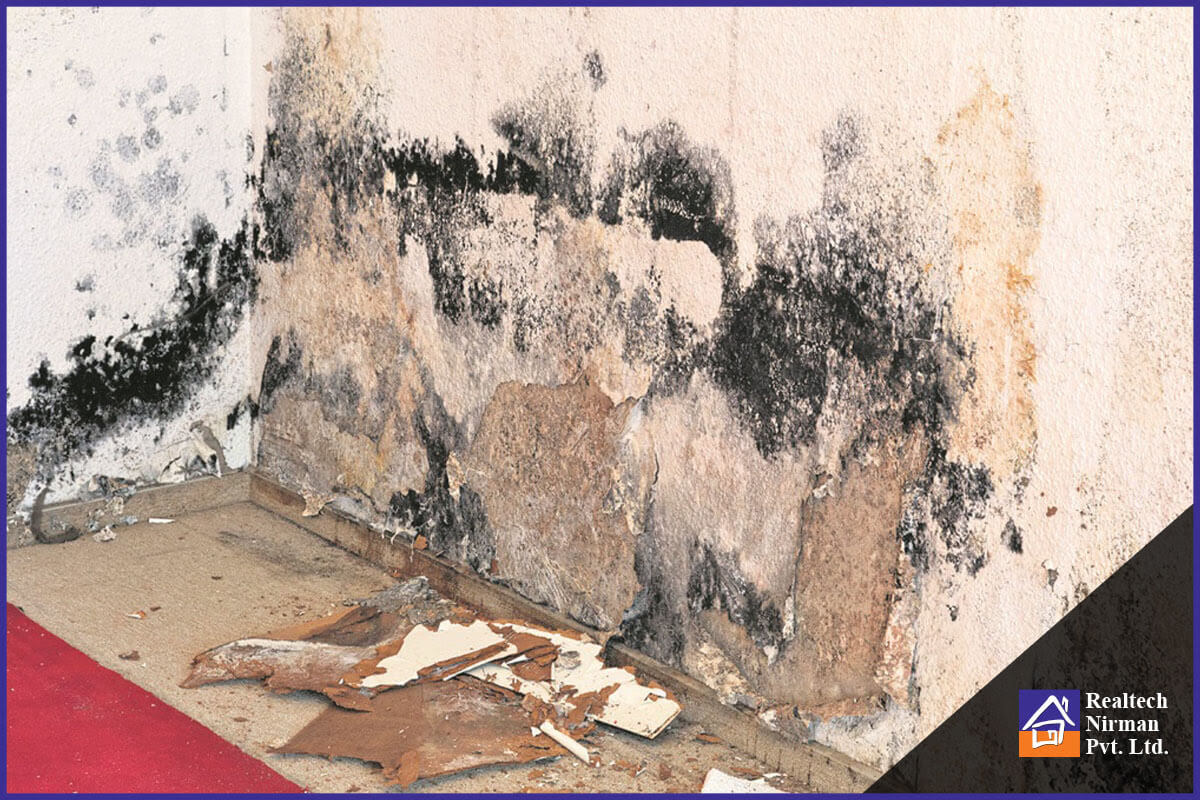Simmering cups of tea followed by crispy & tangy snacks. Isn’t this the perfect combination to enjoy evenings of the ongoing rainy season at home with loved ones?
What? The desire for such enjoyment is getting marred by the tension of how to protect your ‘sweet home’ from the monsoon damp?
Then surely you still are not familiar with the pro tactics of home damp proofing suggested for Flats in Rajarhat? Do they ask too much to do?
On the contrary, these tactics turn the easiest to follow for each home-maker – with only requiring to execute them at ‘just the right time’.
Keen to get aware? So, pull your attention upon the:
Smooth But Smart Techniques of Damp Prevention 365 Days
#1) Get Alert Early
Water may seep into the internal walls due to defects and cracks in the exterior walls of the building.
If there are damp patches on the internal walls, rectify them by removing all the loose plaster and re-plastering it with cement mortar that is mixed with waterproof compounds.
Apply a waterproof coating on the patch before finishing the surface with wall paint. In case of a major damp problem, the complete plaster will have to be ripped off and waterproofed right from the bricks outwards.
Make it a point to seal all the gaps around window and door frames with silicone sealants.
#2) Preserve Your Woods
Due to moisture in the house, the wooden furniture can become wet and leave molds on upholstery.
Since it is not possible to wash it, or keep it in the sun during monsoon, try to prevent the situation in the first place by pursuing the prime step of how to stop mold on walls.
Clean it with a dry cloth. However, if you are already facing this problem, then take 2-3 tablespoons of salt.
Keep it in a cotton pouch and place it between the linings of the sofa. Change the salt every two days, once it absorbs all the moisture and becomes damp.
#3) As The Rain Drops
Damp walls feel cold to the touch; it also causes the flaking of paint and bubbling of wallpaper.
Additionally, mold and fungal growth form greenish-grey spots on the walls. Such wall dampness is caused by constant water leakage, maybe from the roof, leaking water tanks, or seepage in exterior walls.
A strong musty smell within these areas is a clear indication of dampness.
Check the tile grout in moisture-laden areas like bathrooms and kitchens for any kind of mold growth. The mold shows the grouting’s waterproofing is compromised and might let water seep into the floor or walls.
Black mold may develop around the frames of wooden and uPVC windows due to water seepage through gaps between the window frame and the wall.
#4) Prep For Next Year
Preferably, the exterior of a house should be painted between February and April.
No exterior painting work should be undertaken when it is raining. Interior painting too will be futile in cases where the exteriors are not painted in the right way, as the moisture already presents within a wall will damage the new paintwork.
So, one should opt for interior painting only in October. Enough time should be given for all internal moisture to dry off.
Not much to do for your dream home & prevent all the hazards of broken walls & leaked ceilings, isn’t that so?
Wait not but get started today.
And remember for your every query about upcoming & available Flats in Rajarhat, Realtech Nirman is simply a click away!






